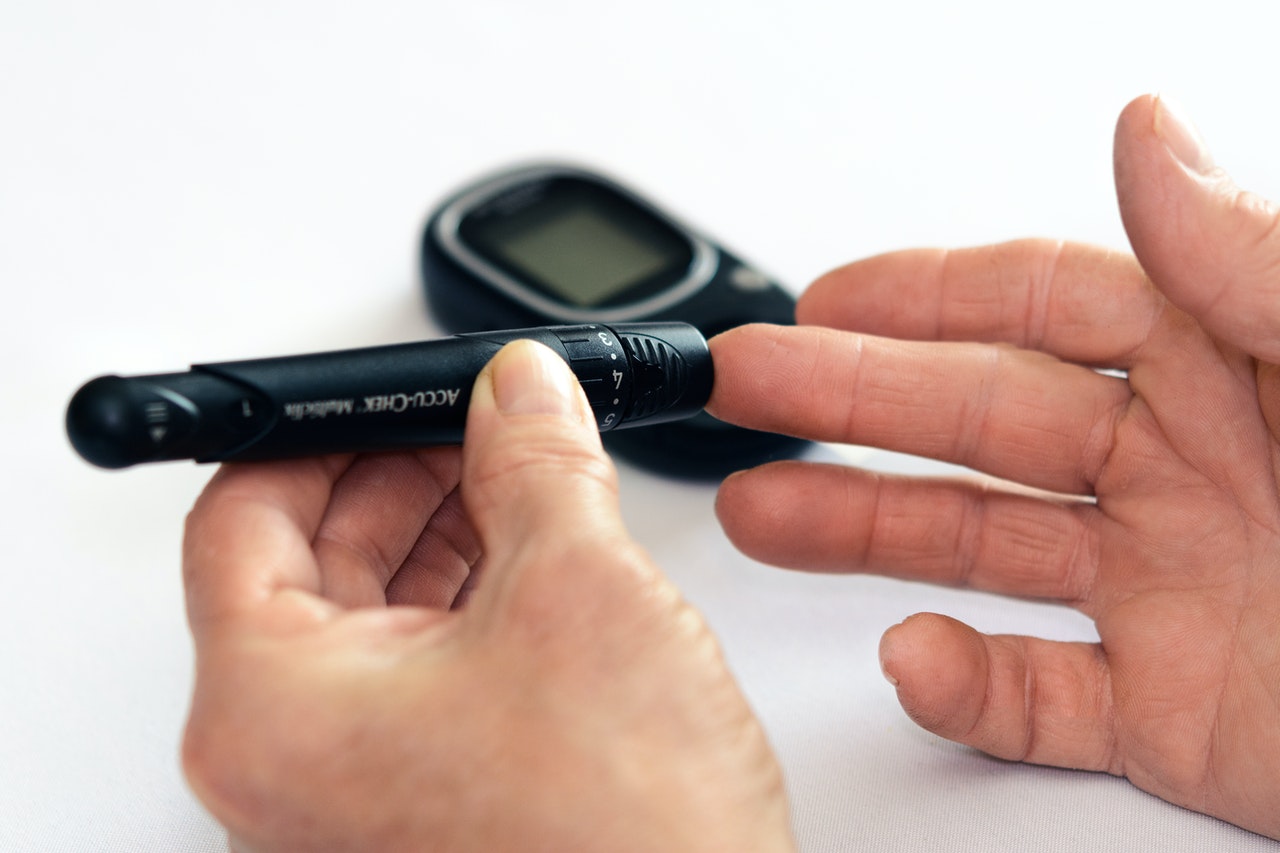
Penn State researchers develop first-of-its-kind wearable, noninvasive glucose monitoring device prototype
UNIVERSITY PARK, Pa. -- Penn State University Research News October 14, 2021 By Gabrielle Stewart
Penn State researchers develop first-of-its-kind wearable, noninvasive glucose monitoring device prototype
UNIVERSITY PARK, Pa. — Noninvasive glucose monitoring devices are not currently commercially available in the United States, so people with diabetes must collect blood samples or use sensors embedded under the skin to measure their blood sugar levels. Now, with a new wearable device created by Penn State researchers, less intrusive glucose monitoring could become the norm.
Led by Huanyu “Larry” Cheng, Dorothy Quiggle Career Development Professor in Penn State's Department of Engineering Science and Mechanics, the researchers published the details of the noninvasive, low-cost sensor that can detect glucose in sweat in Biosensors and Bioelectronics. The paper, available online, will publish in the journal’s December print issue.
The researchers constructed the device first with laser-induced graphene (LIG), a material consisting of atom-thick carbon layers in various shapes. With high electrical conductivity and a convenient fabrication time of just seconds, LIG appeared to be an ideal framework for the sensing device — but there was a significant caveat.
“The challenge here is that LIG is not sensitive to glucose at all,” Cheng said. “So, we needed to deposit a glucose-sensitive material onto the LIG.”
The team chose nickel because of its robust glucose sensitivity, according to Cheng, and combined it with gold to lower potential risks of an allergic reaction. The researchers hypothesized that the LIG outfitted with the nickel-gold alloy would be able to detect low concentrations of glucose in sweat on the skin’s surface.


 How to resolve AdBlock issue?
How to resolve AdBlock issue? 